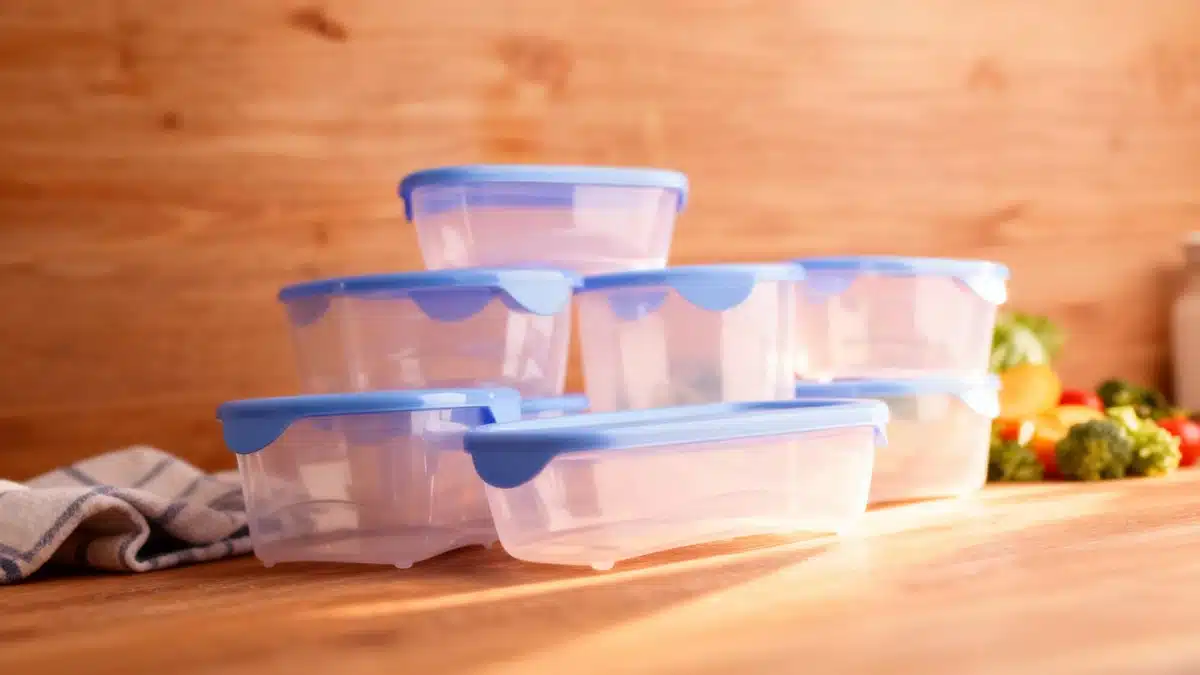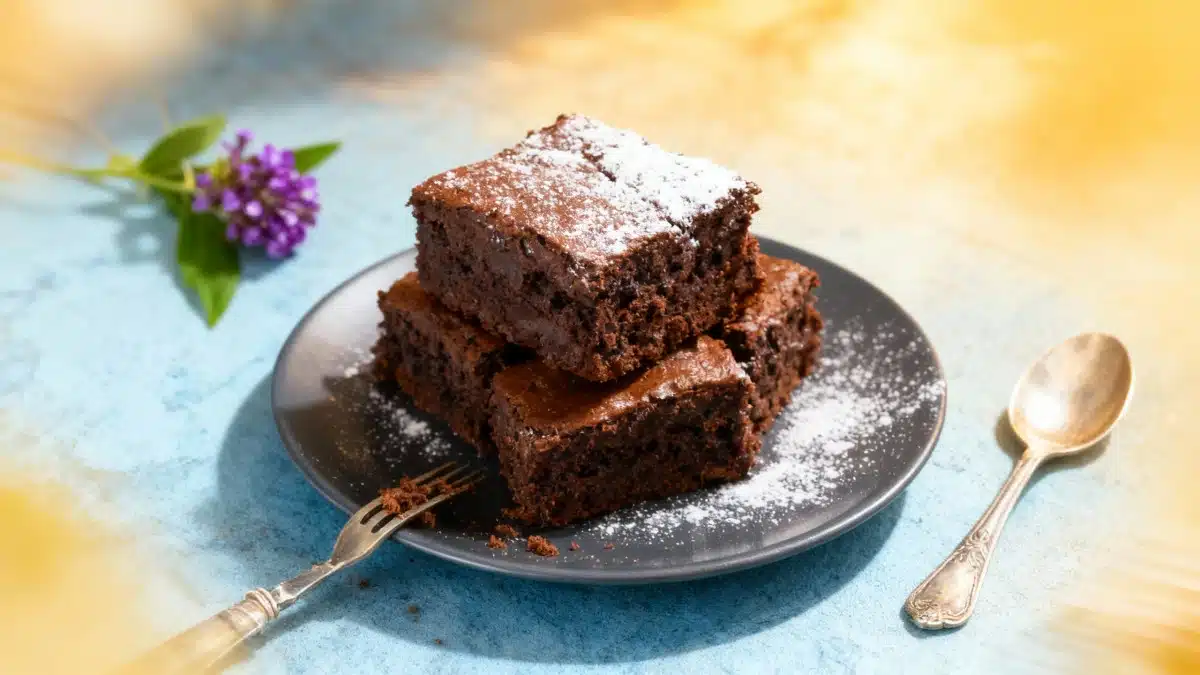Let’s be honest: Who doesn’t have a mountain of plastic containers in their kitchen, ready to catch every leftover or half-eaten apple that crosses their path? They’re light, unbreakable, and just so convenient — angels of storage, right? But before you toss tonight’s salad or that juicy steak into a plastic box, there’s something you absolutely need to know. Some everyday foods really shouldn’t meet plastic, unless you want to gamble away their flavor, nutrition, and maybe even your health. Time for a storage habits audit!
Why Plastic Isn’t Always Fantastic for Food
- Plastic containers may seem like kitchen superheroes, but appearances can be deceiving.
- If you care about the taste, freshness, and nutrient value of your food (and who doesn’t?), you’ll want to rethink what you’re packing in them.
Freshly cut vegetables are among the usual suspects stashed in plastic, with good intentions — you want them to last! But here’s the kicker: plastic often traps moisture, creating a perfect party zone for bacteria and setting the stage for mushy veggies in record time. The consequence? Wilted salads and nutrient content taking a nosedive.
Plastic boxes don’t let your veggies breathe. That extra humidity not only accelerates spoilage, it actively breaks down vitamins and minerals. And if you thought the invisible chemicals in plastic were harmless, think again. Substances like bisphenol A can creep into your veggies, sabotaging their quality and potentially your well-being.
The Plight of Fruits: Flavors Gone Foul
Ever wondered why your strawberries or bananas seem to pick up an odd taste after a stint in a plastic container? That’s not your imagination. Plastics are notorious for transferring odors, locking in unwanted moisture, and, as a special bonus, warping the flavor and texture of your favorite fruits. Worse still, they can trigger premature fermentation, especially if things get warm in there.
What to do instead? Give fruits breathing space in open containers like wicker baskets or ventilated bowls. The goal: better air circulation and no more flavor sabotage or soggy disappointments.
Dairy and Meat: Cold Truths About Plastic
Dairy products — think yogurt and soft cheese — also frequently end up in plastic. Now, while you won’t see them self-destruct immediately, heat is not their friend in this context. When things warm up, bacteria lurking in the plastic might make the jump to your food. That can impact the taste and quality, and over time, even rob dairy of its fresh appeal.
The fix is actually simple: use glass or ceramic containers for storing dairy. These material upgrades are more hygienic, plus they keep any suspect chemicals at bay — so your cheese tastes like cheese, not last Tuesday’s leftovers.
Now let’s talk meat and fish. These are prime real estate for bacteria, especially when raw. Tossing raw meat or fish into a plastic box, especially if they’re even a little warm, means bacteria and plastics can team up — and not in a good way. The result? Fast-tracked bacterial growth, rubbery texture, and a dinner you’d be better off skipping.
To keep things fresh and clean, go for special freezer bags or glass containers designed for meats and fish. They’ll keep your food safe, fresh, and happily un-rubbery.
So, What’s the Takeaway? Smarter Storage, Happier Eating
Plastic containers are undeniably handy and cost-effective. But for many everyday foods, especially those you want to keep tasty and safe, they’re not the best solution. By opting for glass containers, reusable fabric bags, or something as simple as a basket, you’re ensuring:
- Fresher, crunchier vegetables
- Fruit that tastes how it should — fresh and flavorful
- Dairy and meat that keep their quality and charm
- A little less environmental guilt, too
The best part? Making these swaps takes hardly any more effort and instantly makes your kitchen a healthier place. Your taste buds, your health, and the planet will thank you. Now, doesn’t that feel good?
Inspired to make simple, delicious changes in your kitchen? Let the joy of preserving true flavor and nutrition lead the way!

John is a curious mind who loves to write about diverse topics. Passionate about sharing his thoughts and perspectives, he enjoys sparking conversations and encouraging discovery. For him, every subject is an invitation to discuss and learn.






